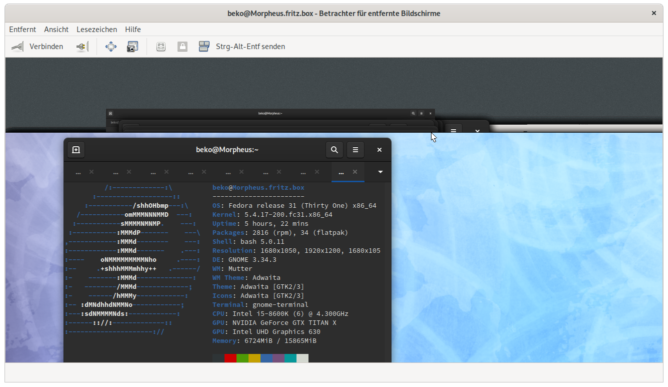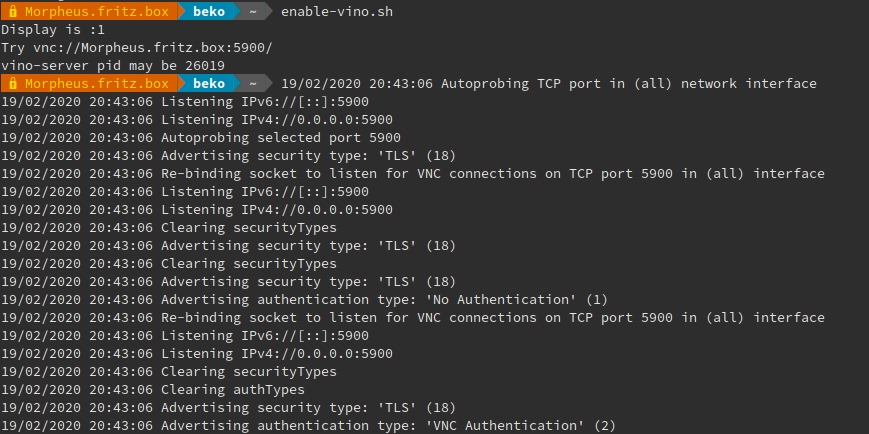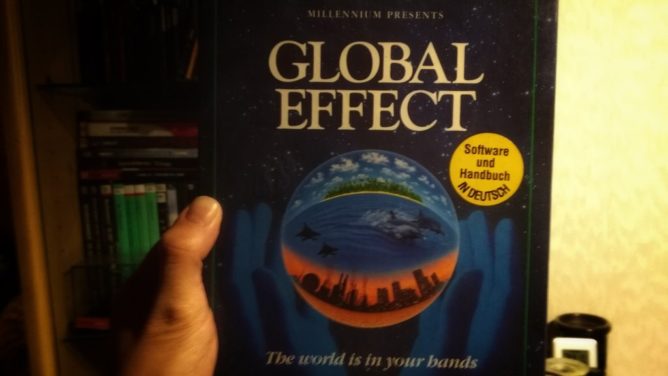#uxdesign is when Twitter suggests me to install their “app” for the 101st time. Who knows – I may be convinced on the 102nd time. Twitter is surely never gonna give you up. Never gonna let you down […] 🎶
Week 08, 2020
2nd live for eReader
@edent makes me wonder if I could do something similar with my old Kindle reader. Turning this into an information screen of some sort would be awesome. Ah, here comes another side project for the pile of unfinished projects 😀
https://shkspr.mobi/blog/2020/02/turn-an-old-ereader-into-an-information-screen-nook-str/
I'm not sure about you, but I still don't know what I want to do when I grow up. I'm always searching for new things to do, set myself new challenges, experiment in new fields. The drawback is that I still have this feeling I haven't accomplished anything, have not enough experience in
Remotely start Vino for VNC over SSH

Today I had to access my computer via VNC. There are several manuals how to enable VNC on a typical Linux desktop nowadays. It usually involves some sort of clicking on Sharing => Enable Screenshare and you’re done. It’s really that easy.
How would I do this however remote when I can not access my already running desktop computer via VNC? SSH is enabled on my machines since most of my work involves jumping and tunneling my way through various networks to get stuff done. Just forwarding X was not enough today.
Turns out this is really easy as well. The screensharing feature on my distribution is done with Vino. That’s an integrated #VNC server for #gnome and this is exactly what the user starts by enabling the screenshare feature. Since #Vino is part of gnome it can be configured using gsettings.
So after enabling the screenshare for testing on my laptop I tested for all existing keys by running this listing:
gsettings list-recursively | grep Vino
It’s really short and basically all settings are no-brainers. Only the password had me wondering but it turned out this is just base64 encoded (and also optional). All that is left is running the vino-server binary in the end. This needs the correct environment variable $DISPLAY set since our target is a running X session. This one we can determine by executing the command w and looking for the TTY in use. Hint: It’s :1 in this case.
beko ~ w 20:35:15 up 5:12, 1 user, load average: 1,92, 2,33, 2,37 USER TTY LOGIN@ IDLE JCPU PCPU WHAT beko :1 15:24 ?xdm? 2:02m 0.00s /usr/libexec/gdm-x-session --run-script /usr/bin/gnome-session
Oh and you should also not connect with the X11 forward option -X because running the vino-server with this will result in some really funny endless picture in picture mode that I did totally not try out by mistake 😉
Now that I had all the information I needed I hacked together this little script that does this more or less automatically so I can forget about this again [and look it up two years later in my own blog]. It’s really crude and your mileage may vary. It does not account for multiple users or multiple running X Sessions:
export DISPLAY=$(w -oush | grep -Eo ' :[0-9]+' | uniq | cut -d \ -f 2)
echo "Display is $DISPLAY"
gsettings set org.gnome.Vino require-encryption true
gsettings set org.gnome.Vino use-alternative-port false
gsettings set org.gnome.Vino disable-background false
gsettings set org.gnome.Vino alternative-port 5900
gsettings set org.gnome.Vino icon-visibility 'client'
gsettings set org.gnome.Vino disable-xdamage false
gsettings set org.gnome.Vino authentication-methods "['vnc']"
gsettings set org.gnome.Vino prompt-enabled false
gsettings set org.gnome.Vino require-encryption true
#pw is just base64 so basically just echo -n 'awesomeness'| base64
gsettings set org.gnome.Vino vnc-password "YXdlc29tZW5lc3M="
gsettings set org.gnome.Vino view-only false
/usr/libexec/vino-server &
export VINOPID=$!
echo "Try vnc://$HOSTNAME:5900/"
echo "vino-server pid may be $VINOPID"And that’s it. There is no root or sudo involved.

Don’t forget to kill the pid when done 🙂
@markosaric Abadoning Medium is probably harsh. Agreed, this platform sucks big time but why abadon when you can #POSSE [Publish (on your) Own Site, Syndicate Elsewhere)] and make e.g. use of brid.gy?
So yeah, your plugin list is really short on https://de.wordpress.org/plugins/indieweb/ 😇
Update: The article in question is https://markosaric.com/install-wordpress/
Global Effect

I got reminded about Global Effect today:
https://www.myabandonware.com/game/global-effect-1ez/play-1ez
I’ve very fond memories on this but I never managed to survive in this game at all. Get this, it’s a game from 1992 and features #ClimateChange.
Amazing that this can be played in a browser nowadays.
Ich denk’, ich schreib’ euch besser schon beizeiten
[…]
Nein, meine Passwörter geb’ ich nicht! 🎶
…auch sonst natürlich ein wichtiges Lied.
Scream for love
Die Ärzte "Schrei nach Liebe" offizielles Video von 1993
Scream For Love by Die Ärzte.
Seeing none in the RSS tho 🙁


